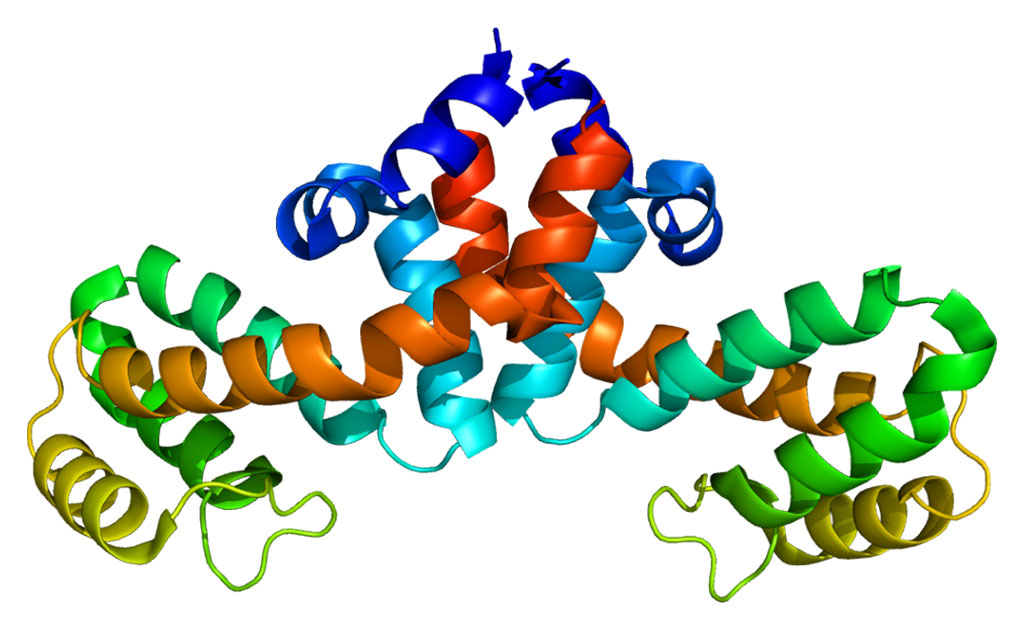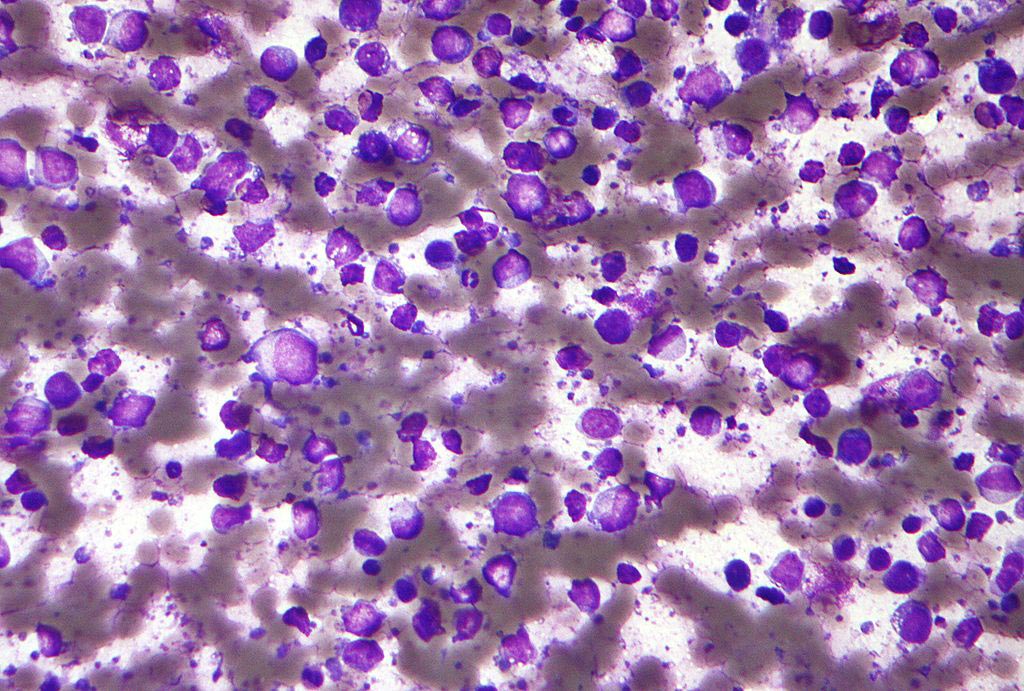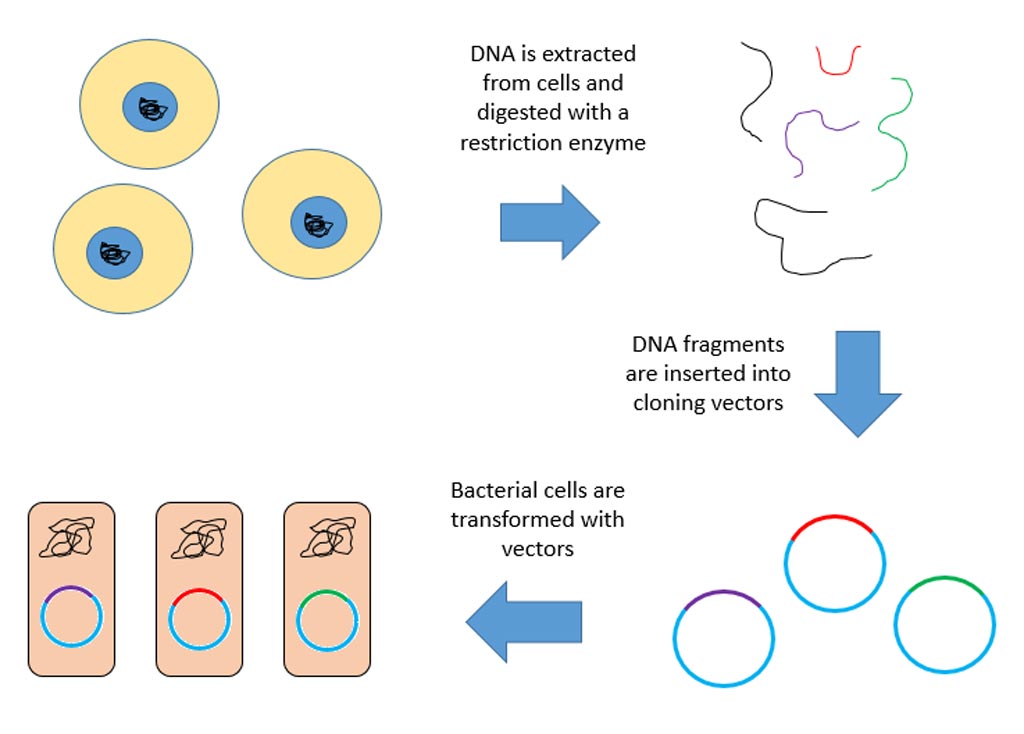New Real-Time Imaging Methods Captures Cell Movements in Breast Cancer
By LabMedica International staff writers
Posted on 07 Oct 2008
A new innovation in cellular imaging is allowing scientists to better understand the movement of cells in the area around tumors, also known as the tumor microenvironment. Posted on 07 Oct 2008
In a recent article published in the September/October 2008 issue of the journal Disease Models & Mechanisms (DMM), Dr. Zena Werb, from the University of California, San Francisco (USA), and colleagues from various other institutions used optimized methods of laser microscopy to track the movement of live cells in a mouse model of breast cancer.
As a tumor grows, it triggers immune responses in the body, and recruits help from healthy cells in order to "feed” and support the spread of the cancerous growth. The influence of the tumor on neighboring cells is dependent on the microenvironment surrounding the tumor. Various immune cells and structural proteins defend the body against the tumor, while others help the tumor grow and spread.
To watch the activity of these cells, researchers injected fluorescent dyes near tumors in mouse models of breast cancer, which also expressed fluorescently tagged cells. A specially designed microscope allowed live imaging of tumor-associated cells for more than 12 hours, while retaining the high resolution necessary to visualize individual cells move in real time. The investigators noticed that subsets of immune cells move differently--some migrate along blood vessels, whereas others remain at the border of the tumor. Furthermore, alterations in the tumor microenvironment, such as a reduction of oxygen, caused some immune cells to stop migrating.
This study, according to the investigators, provides clues into how specific immune cells help or inhibit tumor growth. This then helps in identifying drug targets that can be inhibited to prevent the spread of cancer, or conversely, targets that can be stimulated to enhance the body's natural immune response to cancer. Moreover, this new imaging technique has potential beyond studying cancer, such as watching cell movement in other tissues and organs, both diseased and healthy.
Related Links:
University of California, San Francisco













